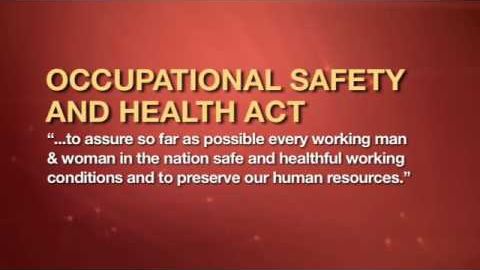
字幕と単語
動画の中の単語
stress
US / strɛs/
・
UK /stres/
- v.t.強勢を置く : アクセントをつける;(人 : ものに)圧力をかける;強く主張する
- n. (c./u.)アクセント;ストレス;ストレス
- v.i.ストレスを感じる : 気に病む
A2 初級TOEIC
もっと見る work
US /wɚk/
・
UK /wɜ:k/
- n. (c./u.)作品 : 著作物;作品 : 著作物;仕事;職場;作業結果 : 業績
- v.t./i.うまくいく;機能する;働く;努力する;動かす
- adj.仕事
A1 初級TOEIC
もっと見る issue
US /ˈɪʃu/
・
UK /'ɪʃu:/
- v.t.発行する;発行する;出す
- n. (c./u.)問題 : 論争点;(雑誌などの)号 : 版;子;論点;結果
- v.i.生じる
A2 初級TOEIC
もっと見る エネルギーを使用
すべての単語を解除
発音・解説・フィルター機能を解除
